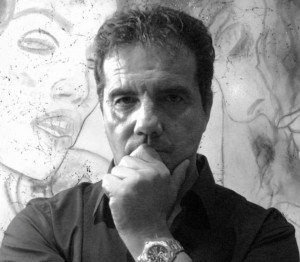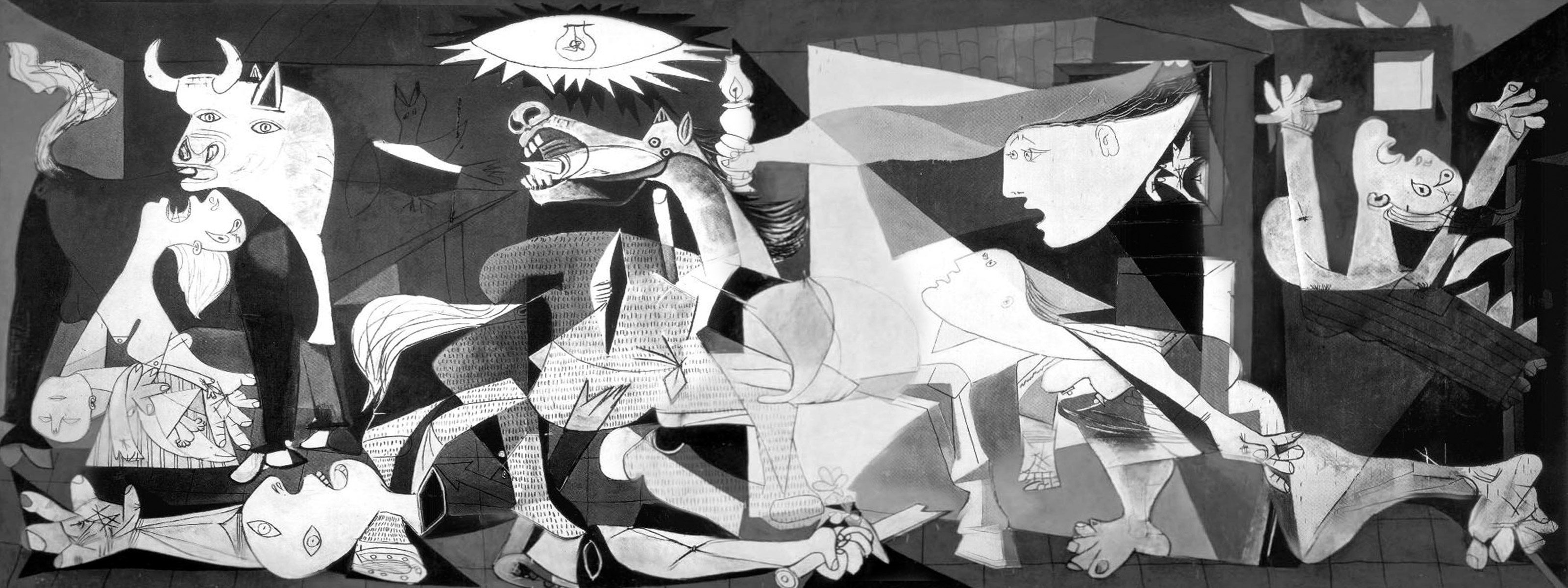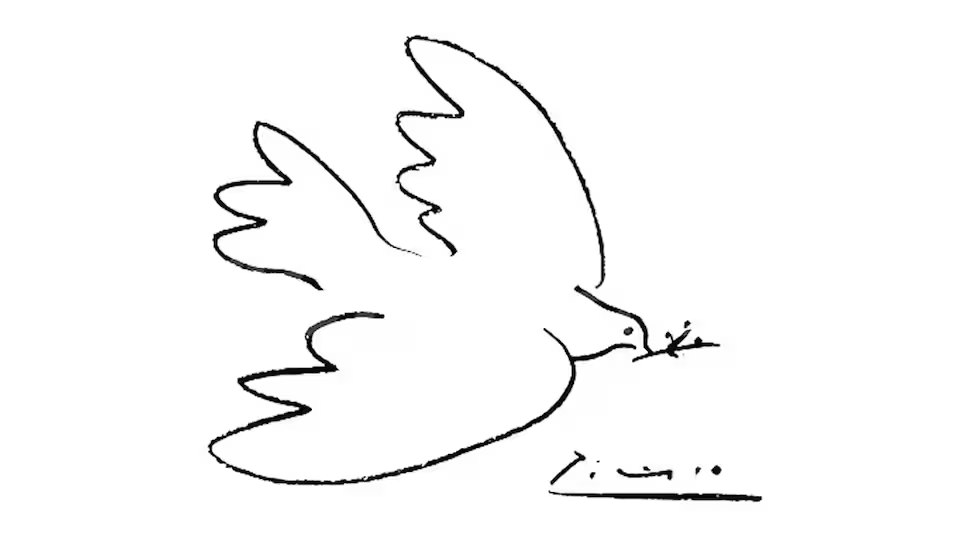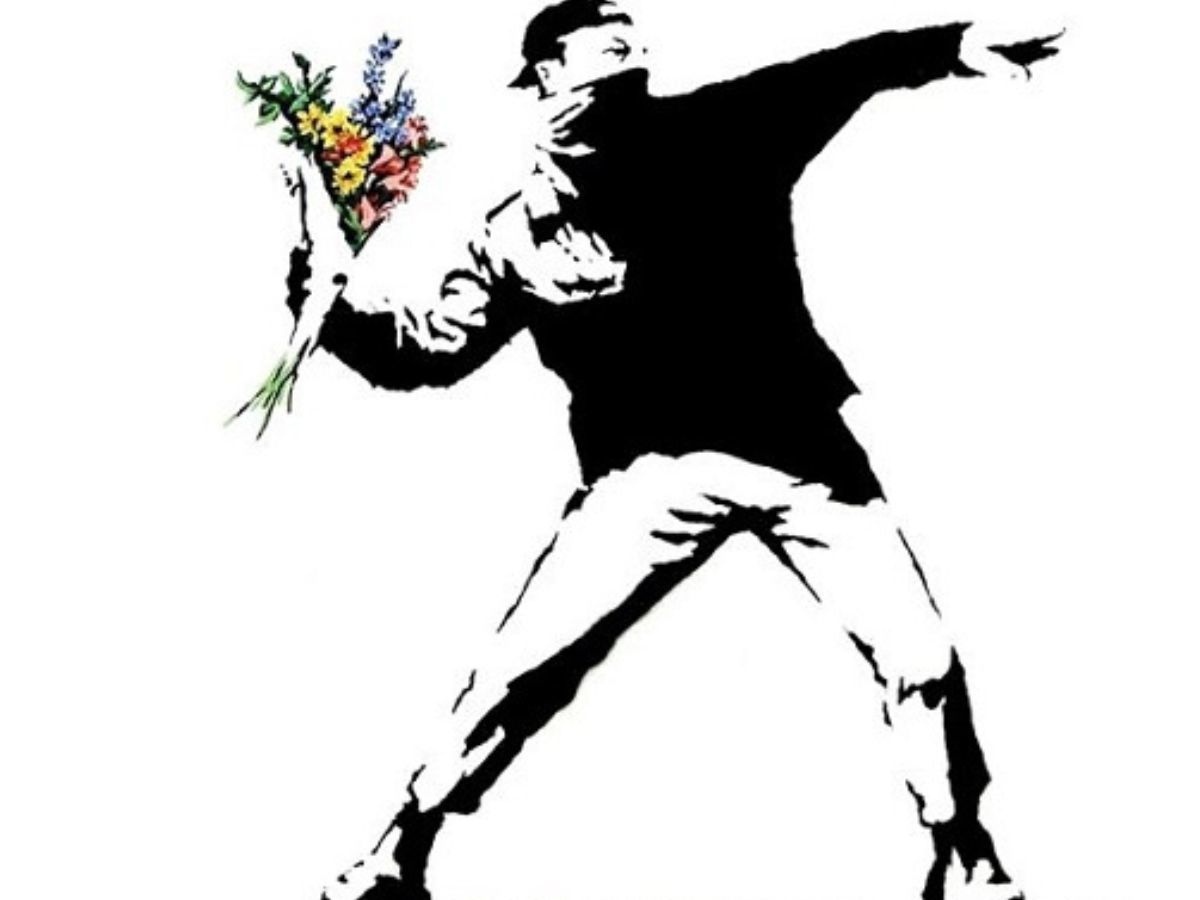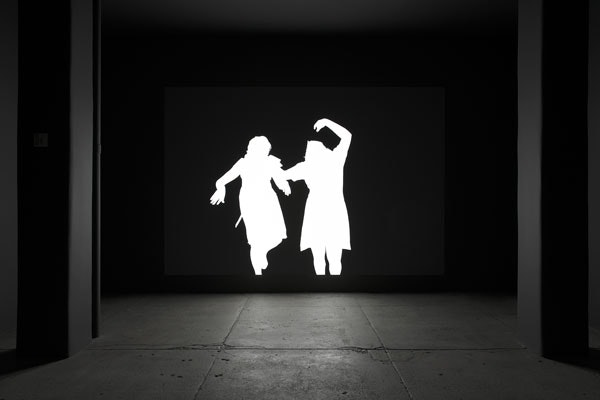
The art of peace: a cry against the atrocities of war!

In the 21st century, an era of technological progress and breathtaking innovation, where artificial intelligence mingles with new information and communication technologies (NICTs), where medicine and science are experiencing unprecedented advances, where innovation shapes our dreams into reality, where everyone connected to the web has access to information in real time, the question remains poignant:
Why, in such an advanced world, are we continually witnessing gloomy news and bloody conflicts, so quickly forgetting the lessons of the 20th century's world wars (1914-1918 / 1939-1945)?
Whether it's the Israeli-Palestinian conflict or the war between Russia and Ukraine, the impact of each confrontation should resonate in the heart of every individual. Regardless of the countries, borders, nationalities, colours, origins or religions involved, it is unacceptable to take lives and destroy futures. While we sip our coffee, comfortably seated on our sofas, lives are being snuffed out, babies, children, parents and grandparents who deserve to live for a long time to come are no longer with us.
International organisations silent in the face of atrocities?
While wars rage on, international organisations such as NATO and the UN often seem powerless or even inert. If words, writing and essay writing are art forms, why is no one shouting "stop these horrors"?
Here are a few artists who have expressed their outrage:
- Pablo Picasso - "Guernica" and "The Dove of Peace
Pablo Picasso, the great artist of the 20th century, denounced the horrors of the Spanish Civil War with his legendary masterpiece "Guernica", proving that art could be a way of opening people's eyes to injustice. It was a fine example of art used to convey a message.
In addition, 'The Dove of Peace' (1949) is one of the artist's other most famous works, which also refers to peace. This simple image of a dove, a universal symbol of peace, has been used in many contexts to promote harmony and an end to conflict.
|
"Guernica" - Pablo Picasso |
"The dove of peace" - Pablo Picasso Reproduction of Picasso's famous drawingPHOTO : art.com |
- Robert Doisneau - "Le baiser de l'hôtel de ville" (The kiss at the town hall)
We can also mention "Le baiser de l'hôtel de ville" by Robert Doisneau (1950). Although not a painting, this iconic photograph depicts a couple passionately kissing in the middle of the street. It is often interpreted as a celebration of love and life, suggesting that even after the horrors of the Second World War, love and humanity persist.
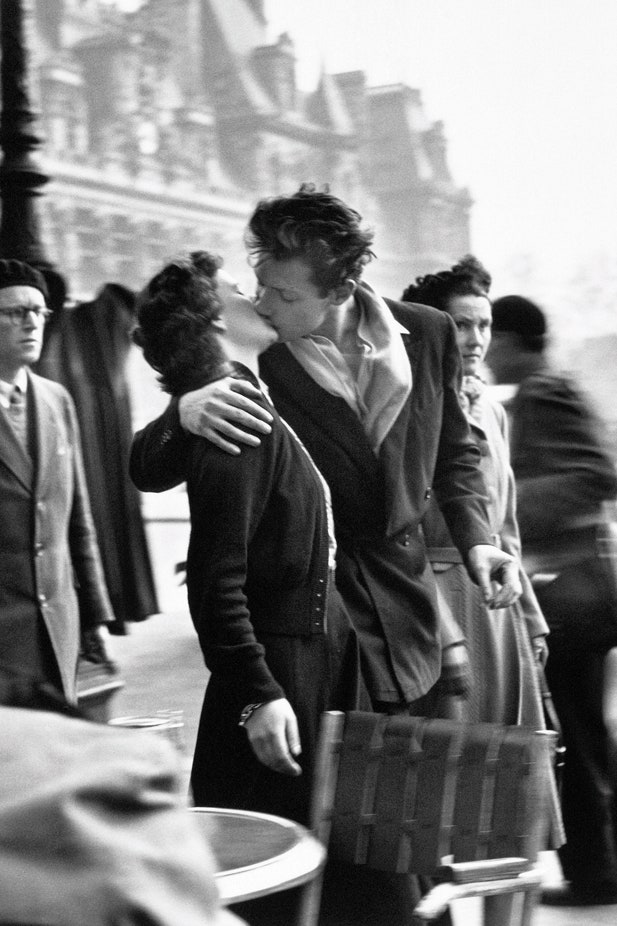
Robert Doisneau – « Le baiser de l’hôtel de ville »
- Maya Lin - "The Vietnam Veterans Memorial
Finally, Maya Lin's "The Vietnam Veterans Memorial" (1982) is a sober and moving monument to the American soldiers who fell in the Vietnam War. It encourages reflection and meditation, highlighting the human costs of war.
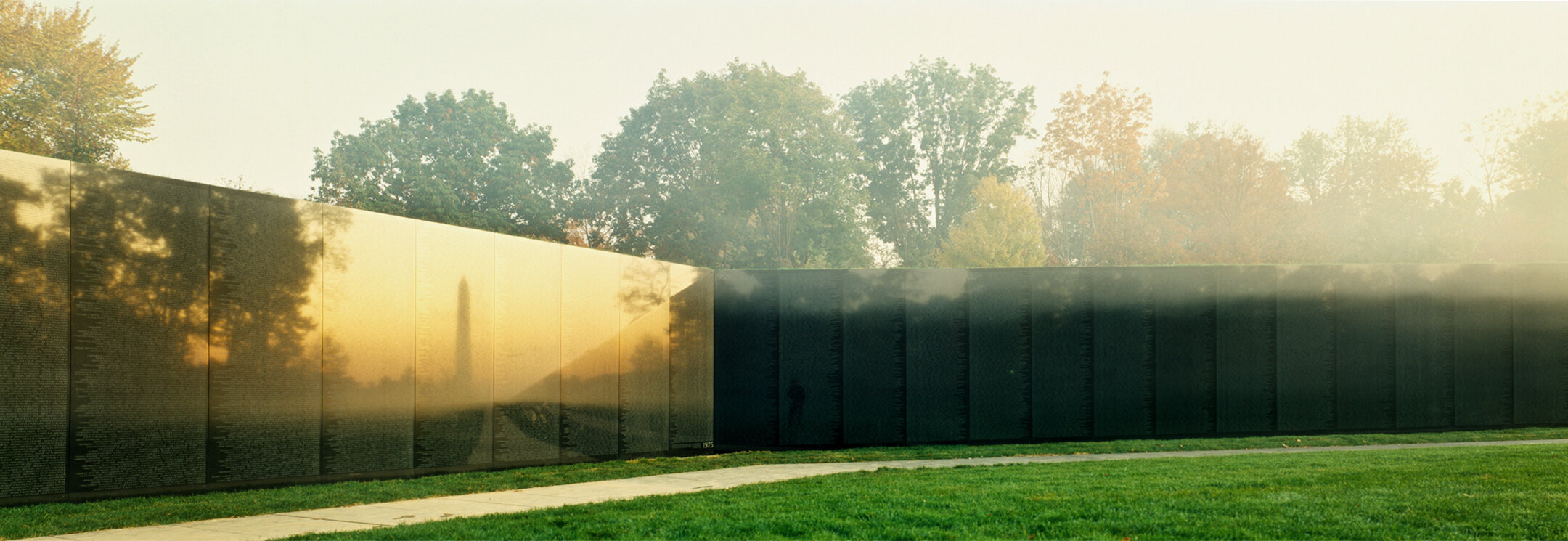
- Contemporary art
In contemporary art, we can mention Banksy with "The Flower Thrower" (2005). In this work, renowned street artist Banksy created a man throwing a bouquet of flowers rather than a grenade, symbolising the choice of love over violence. As for Steve Mumford, with his series of paintings entitled 'Baggage' (2010), he has captured scenes of daily life in Iraq and Afghanistan, showing the human aspects of war. We can also highlight "Shadows" (2014) by Alfredo Jaar, who created an installation to recall the mortality statistics in different parts of the world due to conflict, highlighting the human impact of war.
|
"Rage, the Flower thrower" de Banksy, 2003, Jérusalem |
"Shadows" (2014) signé Alfredo Jaar |
It's time to wake up!
It's time to look away from our screens and recognise that this is not a nightmare, or a film, but a terrifying reality. A few hours from home, lives are being snuffed out, soldiers are invading territories, and the question persists: do these actors see the atrocity of their actions? It's time for a wake-up call, a massive wake-up call of discontent and revolt against all these injustices.
The faith/war paradox
It's true that even if it's often for geopolitical reasons that all these wars take place, it's also often the case that some people hide behind their faith. How can you wage war if you are a believer, if you pray and turn to God? If God is one and the same for all mankind, how can we justify sacrificing lives in the name of faith, when all the converging religions speak of goodness and indulgence?
Let's dare to believe in mankind and in better days
"My country is the world and my religion is to do good", proclaimed Thomas Paine, philosopher and revolutionary. A statement that resonates with powerful simplicity. Despite the complexity of the situation, let us remember these words and dare to believe in humanity. Let us dare to believe that art, mutual understanding and compassion can triumph over the horrors of war. For in this 21st century of advances, our greatest achievement would be to write a history in which peace and coexistence are the true forces of the future. In this age of progress, let us embrace the art of peace, a cry against the atrocity of war. It's time to make our voices heard, to reject violence, to promote understanding and tolerance. By believing in humanity and acting collectively, we can write a new chapter, a chapter where peace prevails over war, a chapter of the art of living that combines compassion and coexistence...
Illustrations:
- Robert Doisneau, Une rétrospective incontournable, Danielle Leenarts and Virginie Devillers, Bilingual edition, éditions Racine Lannoo Photo credit: Robert Doisneau, Le Baiser de l'Hôtel de Ville, Paris 1950 © Robert DoisneauRobert Doisneau, Le Baiser de l'Hôtel de Ville, Paris 1950 © Robert Doisneau, courtesy of éditions Racine
- Alfredo Jaar, Shadows (2014). Installation with LED lights, aluminium, video projection, 116 x 174". Original photograph by Koen Wessing (1942-2011): EstelÃ?Ã'Â, Nicaragua, September 1978. The collection and copyright of Koen Wessing is administered by the Nederlands Fotomuseum, Rotterdam
